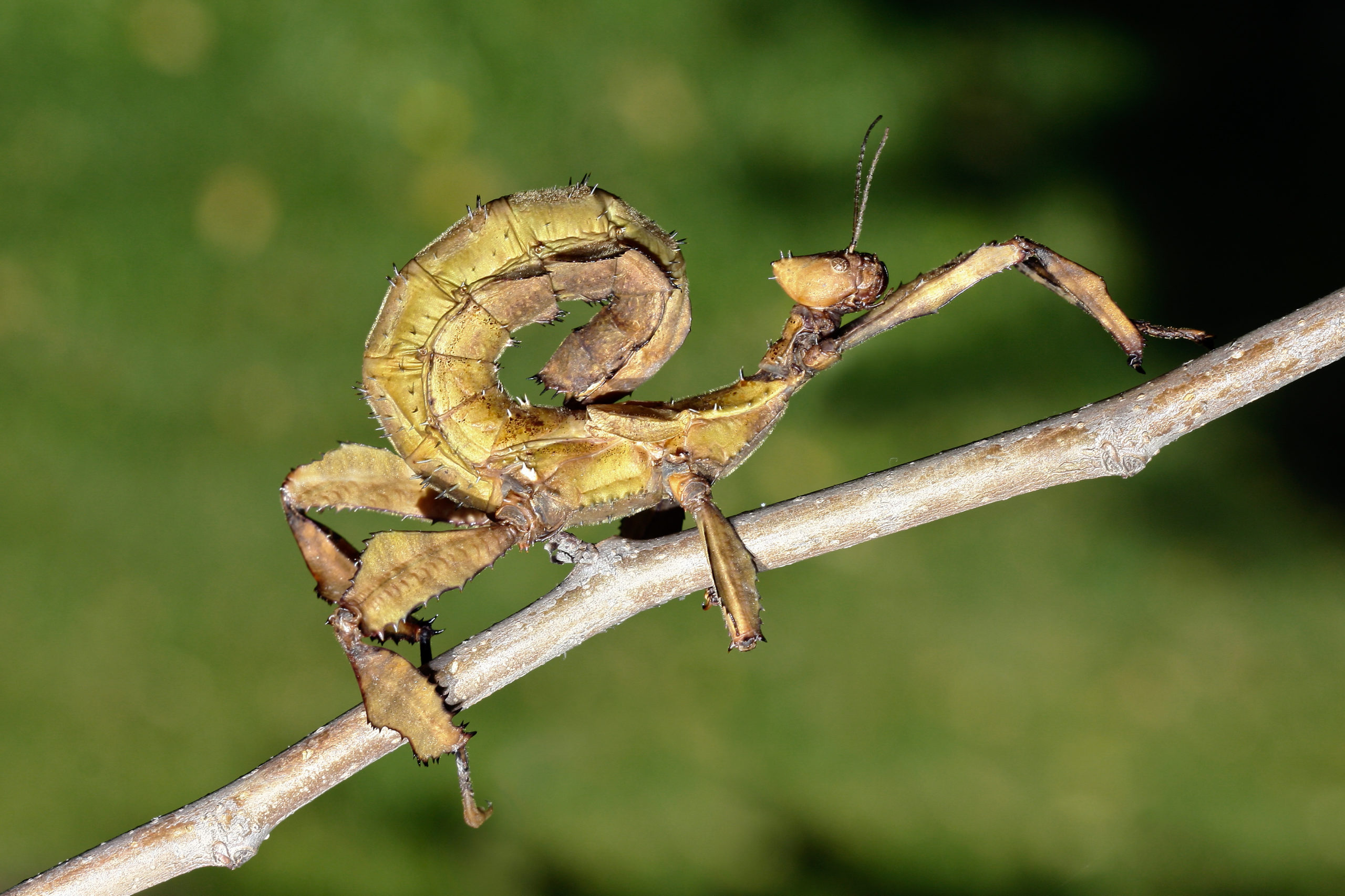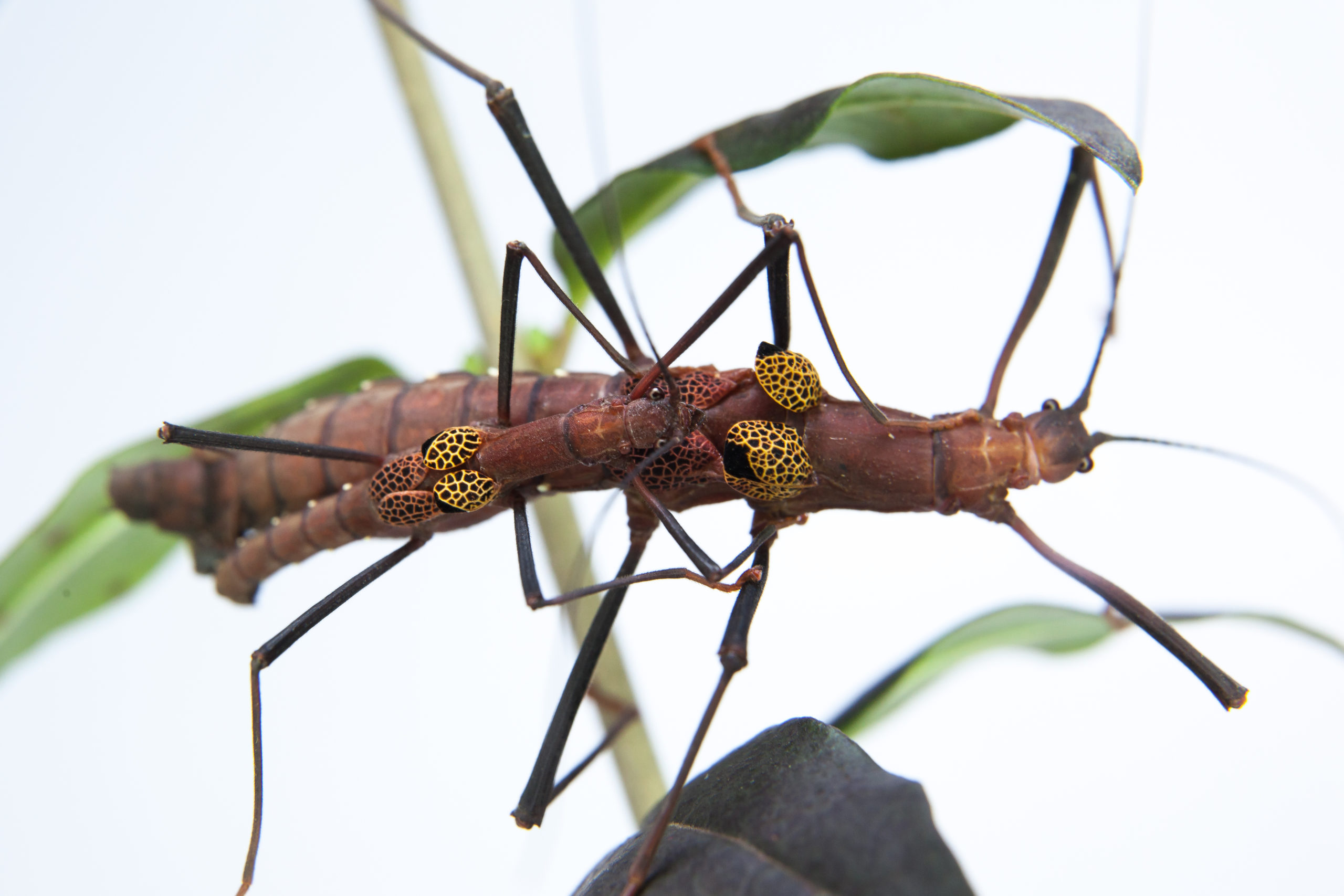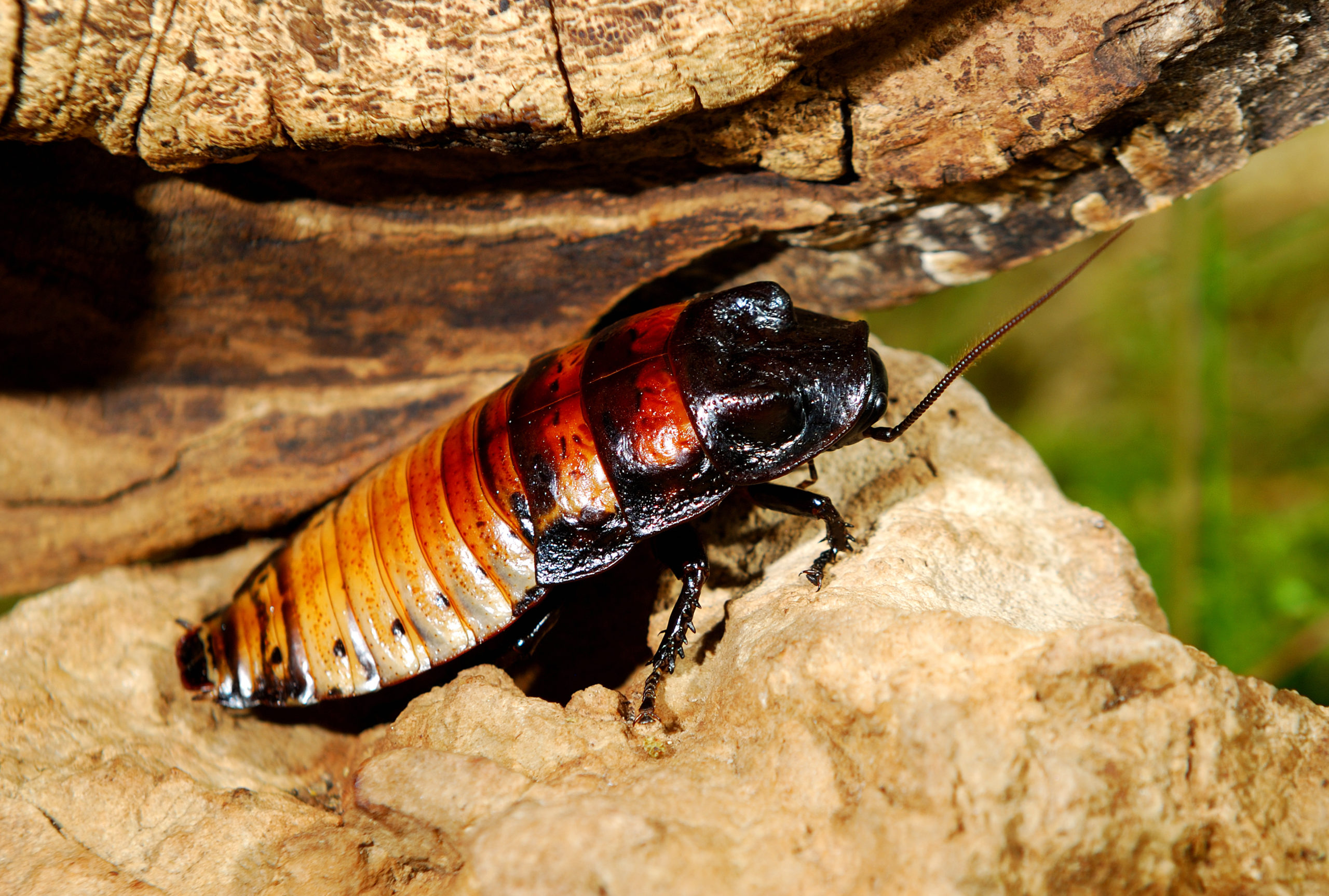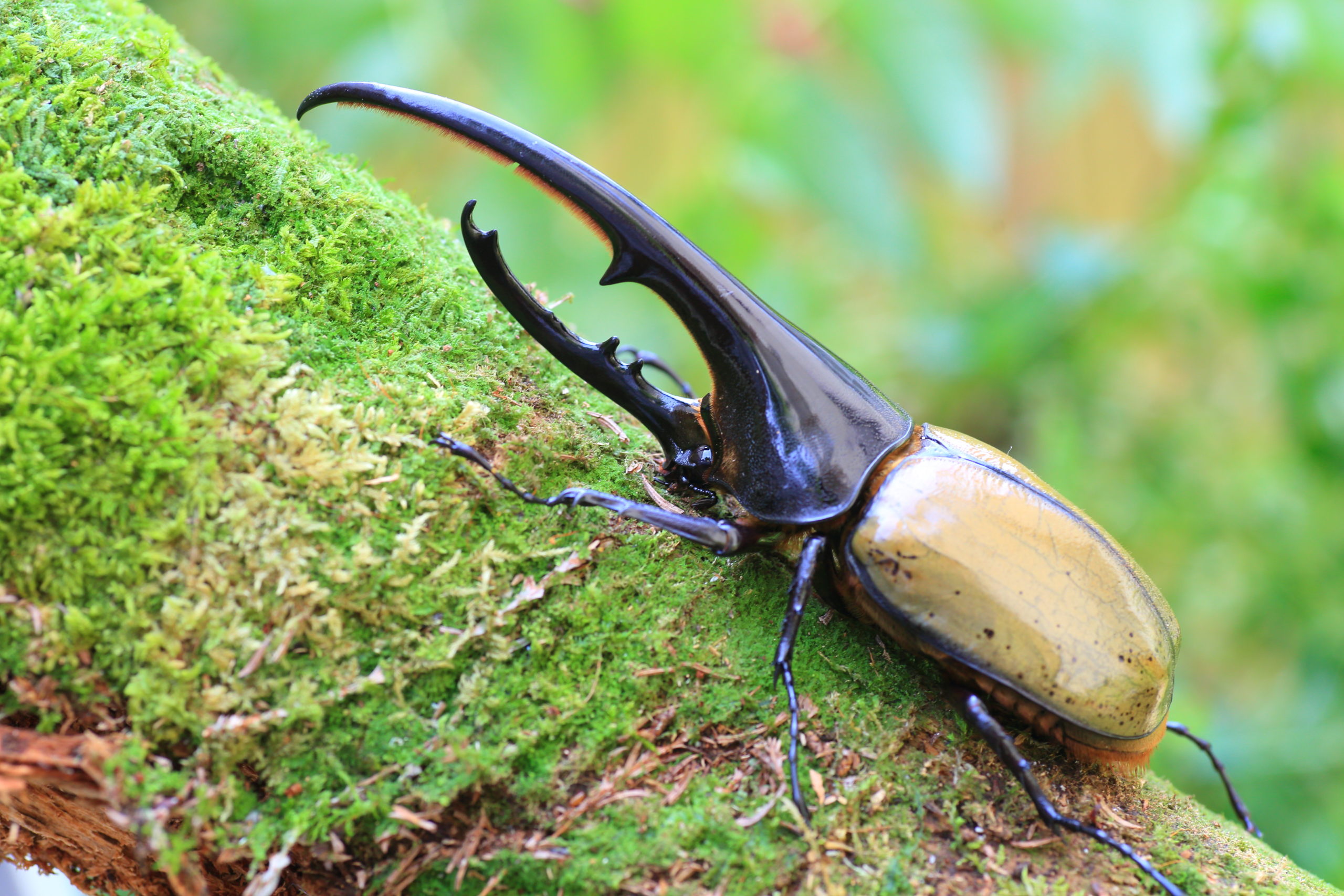The Iconic Insects of Indiana Jones and the Temple of Doom
The Iconic Insects of Indiana Jones and the Temple of Doom
The Indiana Jones franchise is known for its adrenaline-filled adventures, entertaining characters, and special effects that can bridge on horrifying. One of the best examples of this is in Indiana Jones and the Temple of Doom, where Indiana Jones and Short Round are making their way into the temple and find themselves in a nightmare-inducing, insect-filled room, only for Willie to later be trapped in the same room, appropriately screaming to no end. The insects seen are actually, believe it or not, completely real! The cast and crew, including director Steven Spielberg, have since informed fans how this impressive scene was accomplished.
The Story Behind the Effects
Filmmaking is not an easy task, especially when certain subjects are prone to scurrying or flying away. For those who have never seen this scene, the basic premise is that Indiana and Short Round are slowly walking through the hidden tunnels of a palace to eventually end up in the Temple of Doom, or Temple of Kali. There are a number of traps along the way, and one is a small room where every single surface is covered with live bugs. The production team gathered around 30,000 beetles and 50,000 cockroaches, not to mention the other strange and large insects we see in the scene! While filming, the thousands of insects that Spielberg had delivered to the studio were not easy at all to capture on camera, especially in the way that he wanted. The largest challenge, according to Spielberg in a 1984 interview, was that the insects were “‘very small and it takes about a thousand bugs to cover an area three feet square’” (Felden, 1984, p. 59). To achieve the appearance of a small room completely covered with creepy-crawlies, it required flying in too many bugs to count. The heat of the lights on set made matters worse, as the insects would run off in search of the darkest shadows to hide in.
So, how did this scene even get filmed? Spielberg explained that “‘often, the only footage in the movie results from a dump truck of bugs on the spot, the camera would catch it and that would be it” (Felden, 1984, p. 59). The crew members even poured buckets of insects from the ceiling onto actress Kate Capshaw (playing Willie), and then the cameras would start rolling before the insects ran too far. Most of the floor and walls seem to be crawling with insects, but there are a few discernible bugs that stand out due to their terrifying size or absurd numbers. Here are a few examples of those.
Giant Prickly Stick Insect

This large insect is a nightmare’s rendition of the typical stick bug. This looks to be the giant insect that is on Willie’s hand as she slowly turns it over. It can change the shape and color of its body patterns to blend into its environment, making it more a difficult prey to catch. It also has wings, but usually only the males fly because they are lighter than the females. The Giant Prickly Stick Insect can be up to eight inches in length, and its diet is simply leaves, which is why they live in trees and forests that house eucalyptus leaves. It also sprays a chemical deterrent that dissuades any potential predators, but it does not harm humans; it can actually have a sweet scent to us! And, thankfully, these insects live primarily in Australia and New Guinea, so their only sightings elsewhere are because someone is collecting them for fun.
Phasmid

This name refers to the order of stick insects, and there are quite a few visible in Temple of Doom. They can be one to twelve inches long, depending on the specific species and sex, as females are typically larger than males. They have a lifespan of one to two years, and are found on every continent on Earth, besides Antarctica. These insects use their stick-like appearance to their advantage, as they can quickly fold their wings (if they have them) and look like a simple stick to a predator. It is interesting to watch them perch on tree branches as they will sway with the wind to appear even more stick-like. Certain phasmids are endangered, but seeing as there are around 3,000 species, it seems that their overall numbers will be steady for now.
Whistling Cockroach

These cockroaches were notable to Spielberg because of their instinct to “‘whistle and hiss when you aggravate them,’” which creates excellent sounds for a film (Felden, 1984, p. 58). The whistling cockroach is from Madagascar, and can live for around two to five years. The main difference between the males and females is that females have bumps behind their head, while males have small horns. Males are also the more aggressive of the two, so the majority of the hissing we hear in the movie likely comes from them. Although, females and nymphs only hiss when they are handled, so some of the sounds may come from them as well. The hissing sounds are used in all major functions of the cockroach’s life, including fighting with other males, mating, and alerting that they are being disturbed or handled. The hissing is actually possible through the ejection of air through breathing pores, or spiracles, rather than quickly rubbing limbs together like a cricket.
Harlequin Beetle

These creepy beetles are easily recognized by their extremely long antennae and forelegs, which are both longer than its entire body. The Harlequin Beetle also lives in the rainforests, primarily in Mexico and South America. They have intricate patterns with red, orange, and black colors on their forewings. These beetles can detect sap from a toppled tree, which allows them to locate their new home even faster. Their jaws are quite strong and they are not afraid to bite any potential predator, which gives good reason to avoid them. Harlequin Beetles are the most active during the day, and their diet is mainly wood, sap, and, disgustingly enough, animal excreta. These beetles even give a ride on their backs to arachnids called pseudoscorpions, who cannot fly. So if nothing else, these beetles are good for providing transportation for their insect friends in the forest.
Hercules Beetle

Spielberg’s team had these visually-interesting beetles brought in from Sri Lanka, and the process was certainly worth it in terms of the Entomophobia-inducing scene that was produced. The Hercules Beetle, is known for its large horns that look like giant jaws in the middle of their body. Interestingly enough, only the males can grow these horns. These large herbivores live for about six months as an adult, making them a short-lived visual terror. It has wings, but they are not great fliers, so they mainly fly a little slow and crooked. The Hercules Beetle is usually found in the rainforest where they live in the rotting wood of trees and mainly survive on fruit. Even though the males’ horns look like a potential hospital visit if you get attacked, they will not seriously injure humans. But a pinch would not be pleasant from these large beetles.
Don’t Let Your Home Become the Temple of Doom
This scene is known for making viewers squeamish and paranoid of feeling any of these monstrous insects on their person. This part of the movie is an extreme demonstration of the horror surrounding large, unknown bugs, but there are certainly cases of infestations to a lesser degree in homes. Contact our pest control team if you are interested in preventative treatments or if the pests have already arrived in your home. This movie is an entertaining adventure, but the true fortune and glory is having a pest-free home.
Citations
AZ Animals Staff. (2021, July 26). Hercules beetle. AZ Animals. Available at https://a-z-animals.com/animals/hercules-beetle/ (Accessed on February 22, 2022).
Clark, D. & Shanklin, D. (1995). Madagascar hissing cockroaches. Entomology at the University of Kentucky. Available at https://entomology.ca.uky.edu/ef014 (Accessed on February 22, 2022).
Felden Productions (1984). An interview with Steven Spielberg. In Indiana Jones and the Temple of Doom: Official collector’s edition (pp. 51-59). Paradise Press, Inc.
Giant prickly stick insect. (n.d.). Georgia Aquarium. Retrieved February 22, 2022, from https://www.georgiaaquarium.org/animal/giant-prickly-stick-insect/
Hutchinson, S. (2014, May 23). 20 fun facts about Indiana Jones and the Temple of Doom. Mental Floss. Available at https://www.mentalfloss.com/article/56881/20-fun-facts-about-indiana-jones-and-temple-doom (Accessed February 22, 2022).
Stick insect. (n.d.). San Diego Zoo Wildlife Alliance: Animals & Plants. Retrieved February 22, 2022, from https://animals.sandiegozoo.org/animals/stick-insect.
The harlequin beetle. (2015, December 2). Harlequin Beetle. Retrieved February 22, 2022, from https://blogs.lt.vt.edu/spiersbp/2015/12/02/the-harlequin-beetle/
***Disclaimer: Section 107 of the United States Copyright Act recognizes “fair use” copywriter content as such: “Notwithstanding the provisions of sections 106 and 106A, the fair use of a copyrighted work, including such use by reproduction in copies or phono-records or by any other means specified by that section, for proposes such as criticism, comment, news reporting, teaching, scholarship, or research, is not an infringement of copyright.” This blog post may contain certain copyrighted works and characters that were not specifically authorized to be used by the copyrighted holder(s), however, the content on this post qualifies as “commentary” on the copyrighted works under the “fair use” doctrine of the U.S. Copyright Act and is thereby protected by federal law. Furthermore, we do not claim any ownership or creative rights of any characters on this list, and all rights outside of the fair use doctrine belong to the respective owner(s).
8 Creative Ways to Have a Pest-Free Fourth of July
8 Creative Ways to Have a Pest-Free Fourth of July 8 Creative Ways to Have a Pest-Free Fourth of July Summary: The Fourth [...]
A Simple Guide to Preventing Stinging Pests
A Simple Guide to Preventing Stinging Pests A Simple Guide to Preventing Stinging Pests Summary: Stinging insects are more active in warm weather, [...]
These 10 Natural Mosquito Repellents Can Actually Help
These 10 Natural Mosquito Repellents Can Actually Help These 10 Natural Mosquito Repellents Can Actually Help Summary: Natural mosquito repellents are easier to [...]
How to Get Rid of Carpet Beetles
How to Get Rid of Carpet Beetles How to Get Rid of Carpet Beetles Summary: Carpet beetles are sneaky pests that don’t usually [...]
How Do Roaches Affect Asthma and Allergies?
How Do Roaches Affect Asthma and Allergies? How Do Roaches Affect Asthma and Allergies? Summary: It’s no secret that pests impact human health, [...]
These 5 Carnivorous Pests Might Surprise You!
These 5 Carnivorous Pests Might Surprise You! These 5 Carnivorous Pests Might Surprise You! Summary: There are many eco-friendly ways to prevent pests, [...]

